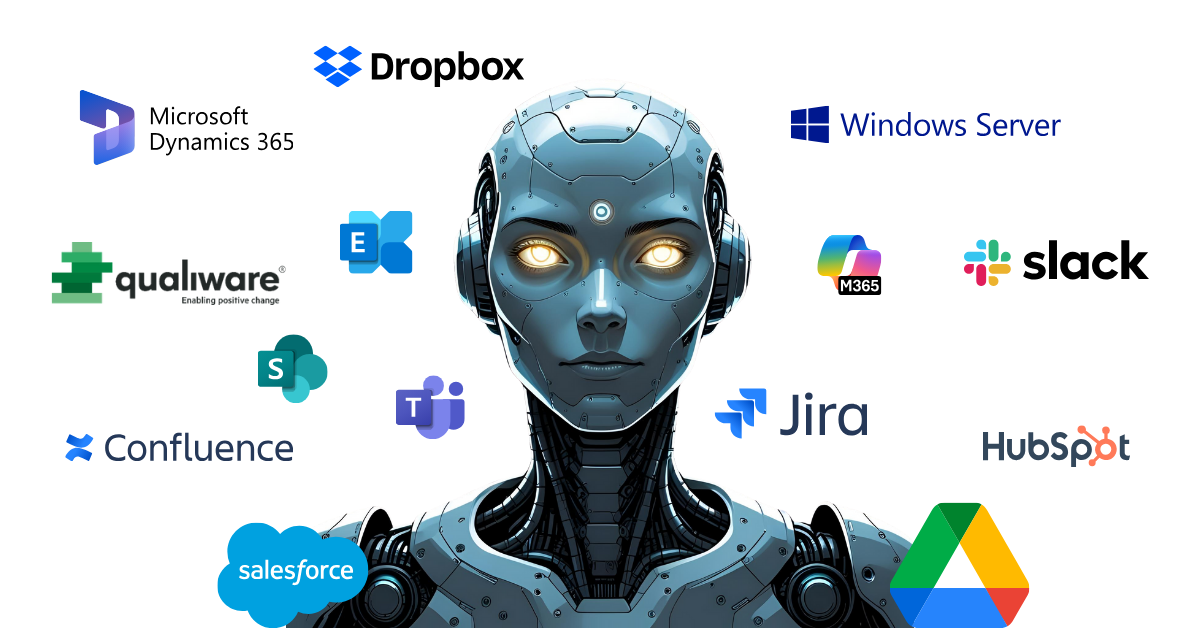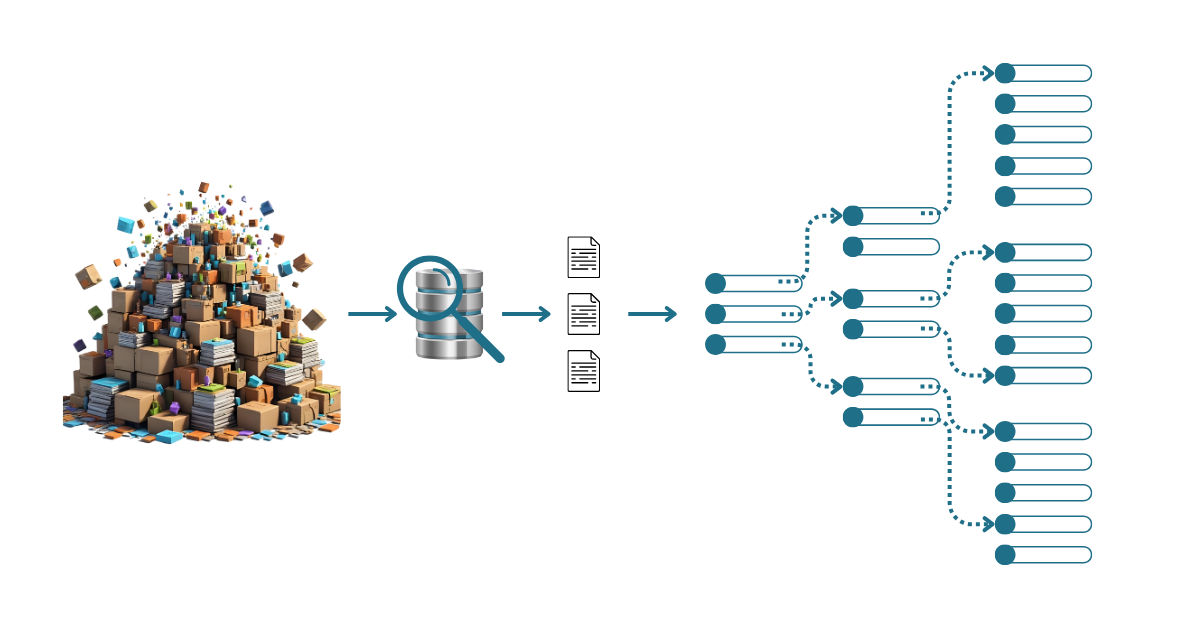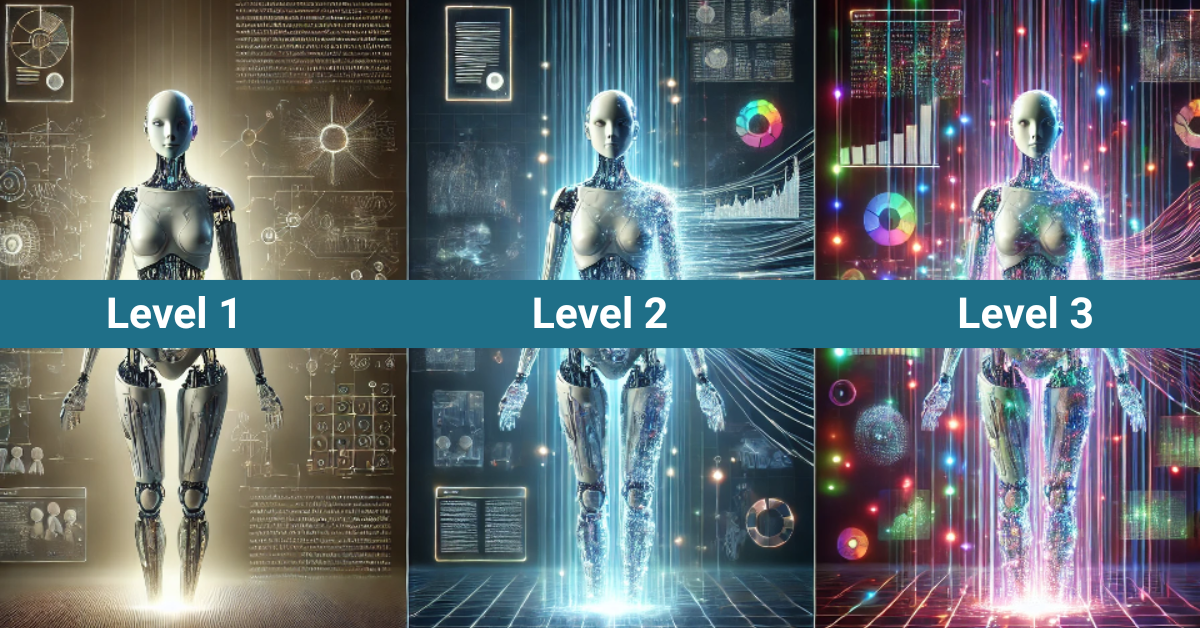The Secret Behind Effective AI: Why Indexing is the Key to Success
When companies begin exploring AI and language models, they often encounter a fundamental challenge: How do we get AI to understand and use our own...
3 min read
 Sindre Johansen
:
Jul 29, 2025 9:00:00 AM
Sindre Johansen
:
Jul 29, 2025 9:00:00 AM

"Do we need to spend months cleaning all our data before we can start with AI?" This is one of the most common questions we get - and the answer surprises many. Let us demystify what is actually required to get started with AI.
Modern AI technology is remarkably good at handling unstructured data.
It can:
This means you do not need to spend months on "perfect" data preparation before starting.
Read the article about the 3 different levels to AI Implementation here. Here I am mentioning level 2 and 3.
This is the fastest path to AI value:
No extensive cleanup necessary
Start in hours, not months
Full control over what is shared
Perfect for pilots and quick wins
When you want to connect AI to your entire SharePoint, Teams, or other systems, the picture becomes more complex.
AI readiness is not about perfect data - it is about security and access.
Consider this scenario:
If access rights are not in place, AI can inadvertently become a security risk.

1. Access control
Must be in place:
Why it is critical: AI respects existing permissions, but can make unauthorized access much easier to discover.
2. Data hygiene (but not perfection)
Nice to have:
Not necessary:
3. Sensitive information
Must be considered:
Solutions:
4. Metadata and context
Improves AI quality:

"We can't start until EVERYTHING is perfect!" Reality: You waste months and lose momentum
"Let's just index everything and see what happens!" Reality: Potentially catastrophic data breach
"We need an 18-month data governance project first!" Reality: AI technology will have completely changed by the time you are done
Modern AI platforms like Ayfie include tools to simplify the process:
The truth about AI and data is that you neither need perfect data nor can completely ignore data preparation.
Remember: Every day you wait for "perfect data" is a day your competitors are using AI to create value. Start where you are, with what you have, but do it smartly and securely.
Ayfie - We make your data AI-ready, regardless of starting point

When companies begin exploring AI and language models, they often encounter a fundamental challenge: How do we get AI to understand and use our own...

There is a common misconception that AI transformation must be driven from the top. That leadership must define how artificial intelligence should be...

When businesses begin their AI journey, they often encounter a landscape full of technical terms and possibilities. To make this more understandable,...